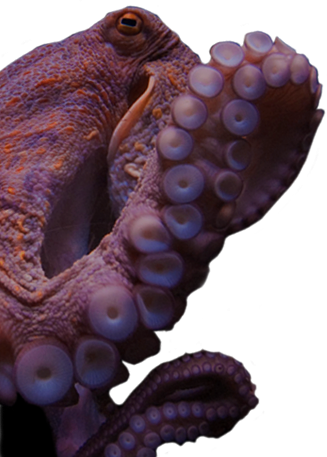deep-sea habitat
The benthic and abyssal zones are where the cold, dark, deep waters of the ocean are found. These zones are the largest part of the ocean biome covering more than 80% of the vast ocean. The intertidal zone where the water meets land and the pelagic zone, or open ocean, make up a much smaller portion of the total area of the ocean. To get an idea of how vast the ocean's depths are, consider that 79% of the entire volume of the earth's biosphere consists waters with depths greater than 1,000 m. Until recently, the deep sea was largely unexplored. But advances in deep sea submersibles and image capturing and sampling technologies are increasing the opportunities for marine biologists to observe and uncover the mysteries of the deep ocean realm. Factors that deep sea life must contend with to survive. Light, pressure, temperature, oxygen and food have all led to the fascinating adaptions of deep sea life used to see, feel, feed, reproduce, move, and avoid being eaten by predators.

